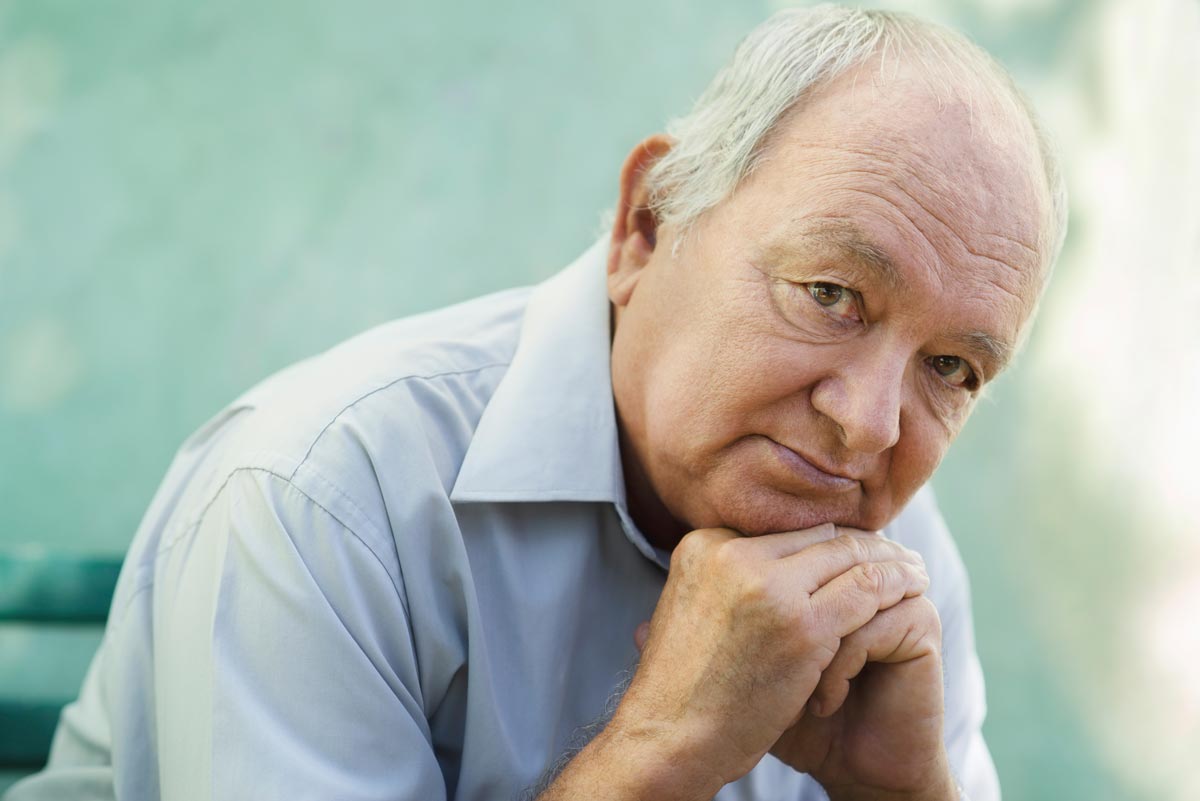 ED: Suicide is an ever-present fact of the human condition. So what progress are we making?
ED: Suicide is an ever-present fact of the human condition. So what progress are we making?

“Suicide is an event of human nature, which, whatever may be said and done with respect to it, demands the sympathy of every man, and in every epoch must be discussed anew”. – Johan Wolfgang Von Goethe
Humans have attempted to explain it in the currency of each era, invoking gods, magic, sin, valour, philosophy, saving face, anomie and more recently, mental illness.
Different groups have variably been more prone to suicide. Women in eras and cultures where they had little power or voice suicided more than men. For the past 100 years in the developed world male suicide rates have significantly exceeded those of women.
Annually in Australia about 3000 people die by suicide with 65,000 attempts – 75% of those suicides are men. In middle age and above, about 84% are men.
Most suicides occur in men aged between 20 and 55 although the highest age specific rates occur in the young and the elderly. It is the leading cause of death in males under age 44 and the second leading cause in ages 45-54.
Suicide is also higher in some specific groups, such as indigenous Australians and returned veterans. More returned soldiers from conflicts after Vietnam have perished from suicide than from direct conflict wounds; last year 85 Australian veterans took their own life.
Why do men suicide?
Partly the answer lies in higher use of drugs and alcohol, partly in higher direct trauma roles, (e.g. defence force, fire fighters and prison service; women are more represented in police and ambulance services) but part of the answer lies in the lethalness of an obsolete notion of maleness that hasn’t evolved with society’s changing nature.
Men seek help less, seeing illness as ‘weakness’. They have less intimate confidants than women, are more likely to become angry than feel despair and sadness, and are less likely to talk and share their awkward feelings. Men are more likely to be divorced than to initiate the divorce and less likely to be the prime carer of children (either by choice or by coercion).
Depression, a common precursor to suicide, is equally prevalent in men and women, and both sexes preferred method is hanging; yet men suicide more.
What can be done?
Society should invest in the treatment of trauma, drug and alcohol abuse, emerging risks such as cyber bullying and mental health treatment and access.
However, we need new ways of experiencing and understanding maleness. This requires fraternity, leadership (where are the male movement equivalents of Gloria Steinem) and progression of the men’s movement beyond the first wave of Robert Bly and Steve Biddulph.
Key messages:
- Suicide has always been with us.
- Rates vary in differing populations.
- More male leadership is required
Author competing interests: nil relevant disclosures. Questions? Contact the editor.
Disclaimer: Please note, this website is not a substitute for independent professional advice. Nothing contained in this website is intended to be used as medical advice and it is not intended to be used to diagnose, treat, cure or prevent any disease, nor should it be used for therapeutic purposes or as a substitute for your own health professional’s advice. Opinions expressed at this website do not necessarily reflect those of Medical Forum magazine. Medical Forum makes no warranties about any of the content of this website, nor any representations or undertakings about any content of any other website referred to, or accessible, through this website.

